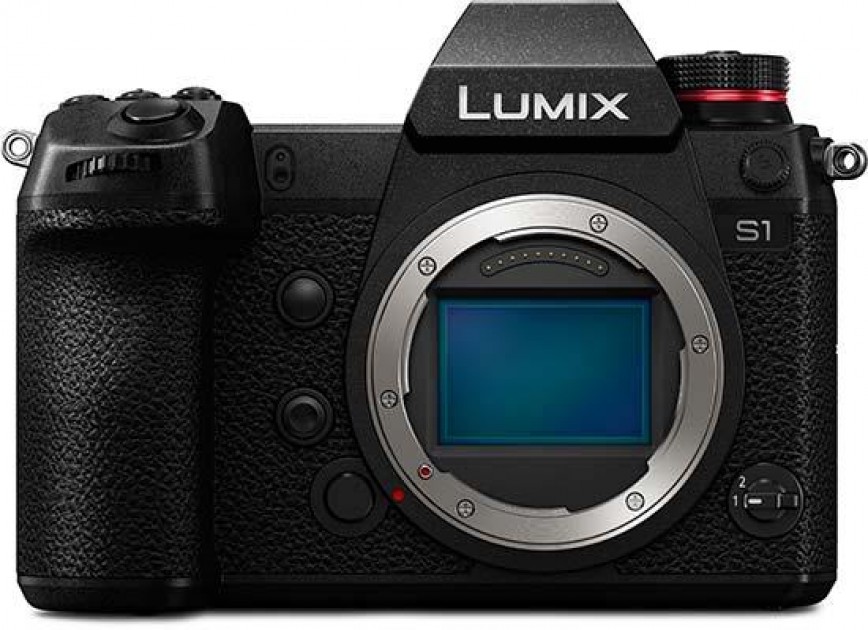Because there were once no roads between villages in the mountainous region of Dagestan, local people used tightropes to cross the dividing gorges. Nowadays, few remain who can still master this daredevil art form. Johanna-Maria Fritz took her Leica M10, and went on a journey to discover the origins of tightrope walking.
What gave you the idea to go and take pictures in Dagestan, in the northern Caucasus, a country that probably few people know about? How long did you spend there?
I travelled to Palestine, Iran, Afghanistan, Indonesia, Senegal and Dagestan for my circus series, Like a Bird. During each journey, I heard about new and different circuses in a diversity of countries. Then, I travelled to Chechnya for another job, and there I did research about circuses in the Caucasus. That’s how I came to learn of these tightrope walkers. I spent a month in Dagestan, and travelled all over the country.
According to the literature, local people used tightropes to get from one village to another, because once there were no roads in the mountains of Dagestan. How is it practised there today?
Yes, that’s how it was in the past; but now the art form is practically forgotten. There are only a few who still master and also teach tightrope walking. It is mostly children and youths who learn it as a hobby, and then perform at weddings or other cultural events. In the south, however, I followed a family for whom the tightrope represents their main source of income. They travel through the villages and perform. One family member goes around and collects the money.
How did people react to the idea of your following them, photographically?
Virtually all of them wanted me to see their performance, and I was allowed to follow them for a number of days.
Your impressive pictures speak a lot about poverty; yet they do not make an exhibition of the people. How did you manage that?
I spent a lot of time with the people. I was patient, and I observed.
Your images reveal a very good sense for colour composition. The moment one sees these pale, practically pastel colours, one tends to associate them with Eastern Europe. What is it about this region that appeals to you?
For me, the light and the colours are different in every place and region; and it is precisely because of the pastel colouring that I so loved to photograph in Dagestan.
Which camera and which lenses did you work with?
Among others, I used a Leica M10, with 35 and 50mm lenses.
What makes a photo perfect in your opinion?
That’s hard to say. I don’t know if the “perfect” photo actually exists. Maybe the imperfect one is the even the better one.
What attributes do you think a photographer should have?
I think it’s important to be able to feel when it’s the right moment to take the photograph and when it’s not. You need to have respect and understanding towards your protagonists. You should also be accepting and, of course, have commitment.
Do you have any role models? In photography or in the visual arts?
Yes, I love the work of Sonia Hamad, Giulia Frigerio, Philip Montgomery, Emile Ducke and Evgenia Arbugaeva.
What are you inspired by?
I’m inspired by all the courageous women that I’ve met around the world.
Please complete this sentence: “For me, photography is…
… a possibility to tell stories that can not be told with words.”
Officially-speaking, Johanna-Maria Fritz lives in Berlin: however, the reality is that she spends the whole year travelling. She studied Photography at the Ostkreuzschule, and has been a member of the agency bearing the same name, since the beginning of 2019. Her work has been published in Der Spiegel, Die Zeit, National Geographic and Newsweek China. Fritz has been the recipient of the Inge Morath Award, the Lotto Brandenburg Kunstpreis Fotografie and the VG Bild Grant. Her pictures have been exhibited all over the world – in France, Germany, Switzerland, Australia, China and the USA. Find out more about her photography on her website and Instagram channel.








